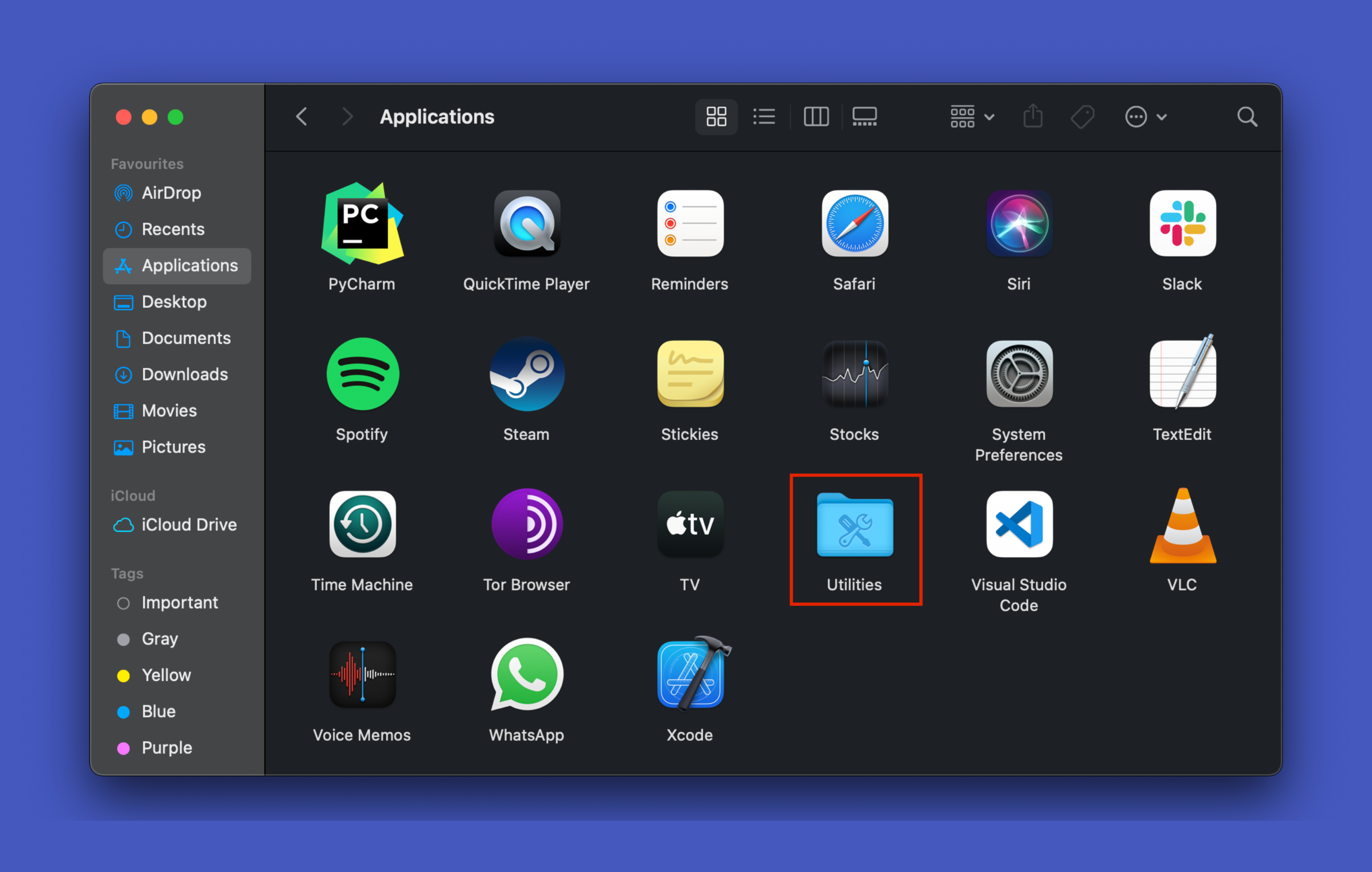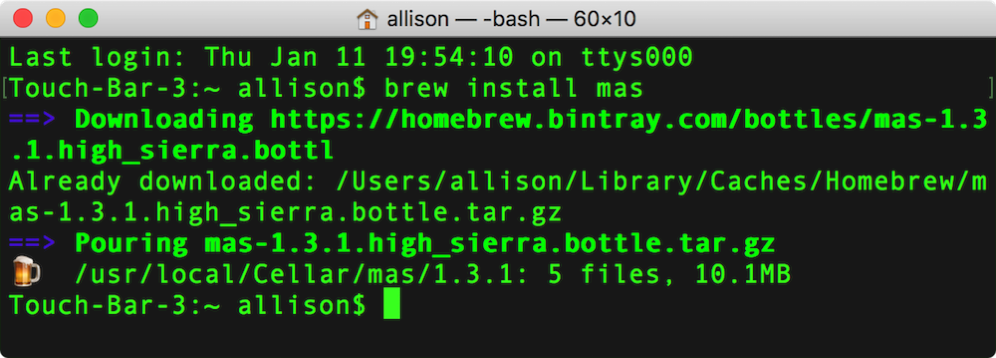
- #BREW INSTALL AQUATERM TERMINAL COMMAND UPDATE#
- #BREW INSTALL AQUATERM TERMINAL COMMAND PORTABLE#
- #BREW INSTALL AQUATERM TERMINAL COMMAND SOFTWARE#
If you use a shell other than bash (perhaps tcsh), you may need to adjust the above to fit your shell's syntax. Library/StartupItems/DarwinPortsStartup \ If you have changed prefix, applications_dir or frameworks_dir from their default values, then replace /opt/local with your prefix, replace /Applications/MacPorts with your applications_dir, and/or add your frameworks_dir to the list, respectively. To remove all remaining traces of MacPorts, run the following command in the Terminal. You may wish to save your configuration files (most are in $prefix/etc), databases, or any other unique data by moving it aside.
#BREW INSTALL AQUATERM TERMINAL COMMAND SOFTWARE#
This includes configuration files, databases, any files which MacPorts renamed in order to allow a forced installation or upgrade, and the base MacPorts software itself. If you need to uninstall MacPorts, and your port command is functioning, first uninstall all the installed ports by running this command in the Terminal: $ sudo port -fp uninstall installedĪll that will be left in your installation prefix now will be files that were not registered to any port. If you are unsure, ask on the macports-users mailing list first.

Uninstalling MacPorts can be a drastic step, and depending on the issue you are experiencing, you may not need to do so. You should setup your PATH and other environment options according to Section 2.5, “MacPorts and the Shell”.
#BREW INSTALL AQUATERM TERMINAL COMMAND UPDATE#
Now MacPorts will look for portfiles in the working copy and use Subversion instead of rsync to update your ports tree. The last line which should look like this: rsync:///release/tarballs/ports.tar Ĭhange it to point to the working copy you checked out: file:///opt/mports/trunk/dports Open /opt/local/etc/macports/nf in a text editor. This step is useful if you want to do port development. (Optional) Configure MacPorts to use port information from Subversion configure -enable-readline $ make $ sudo make install $ make distclean configure to relocate MacPorts to another directory if needed.

These commands will build and install MacPorts to /opt/local. MacPorts uses autoconf and makefiles for installation. The resulting directory will then be /opt/mports/base. To just get the base directory, append /base to the end of the svn checkout command above. You only really need the base subdirectory to run MacPorts, so you can avoid checking out the rest if you don't want to use a Subversion-based ports tree (see Step 3 below). The following notational conventions are used in the MacPorts Guide to distinguish between terminal input/output, file text, and other special text types. MacPorts base can be compiled on Linux (and possibly other POSIX-compatible systems) where it is mainly used to set up mirrors and generate support files for installations on OS X. In practice, installing ports only works on OS X.
#BREW INSTALL AQUATERM TERMINAL COMMAND PORTABLE#
MacPorts is developed on OS X, though it is designed to be portable so it can work on other Unix-like systems, especially those descended from the Berkeley Software Distribution (BSD).

Provides for uninstalls and upgrades for installed ports.Ĭonfines ported software to a private “ sandbox” that keeps it from intermingling with your operating system and its vendor-supplied software to prevent them from becoming corrupted.Īllows you to create pre-compiled binary installers of ported applications to quickly install software on remote computers without compiling from source code. Installs automatically any required support software, known as dependencies, for a given port.


 0 kommentar(er)
0 kommentar(er)
